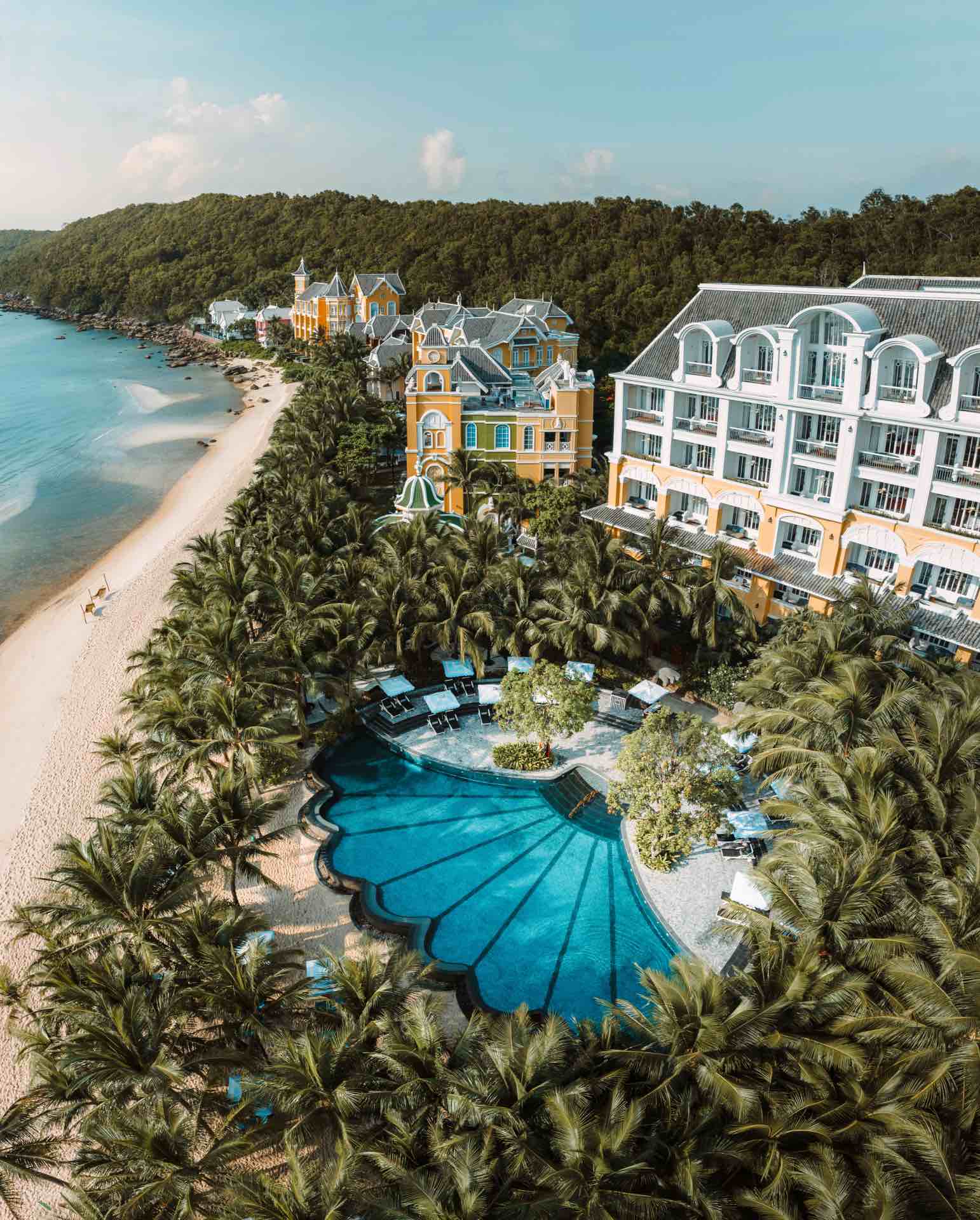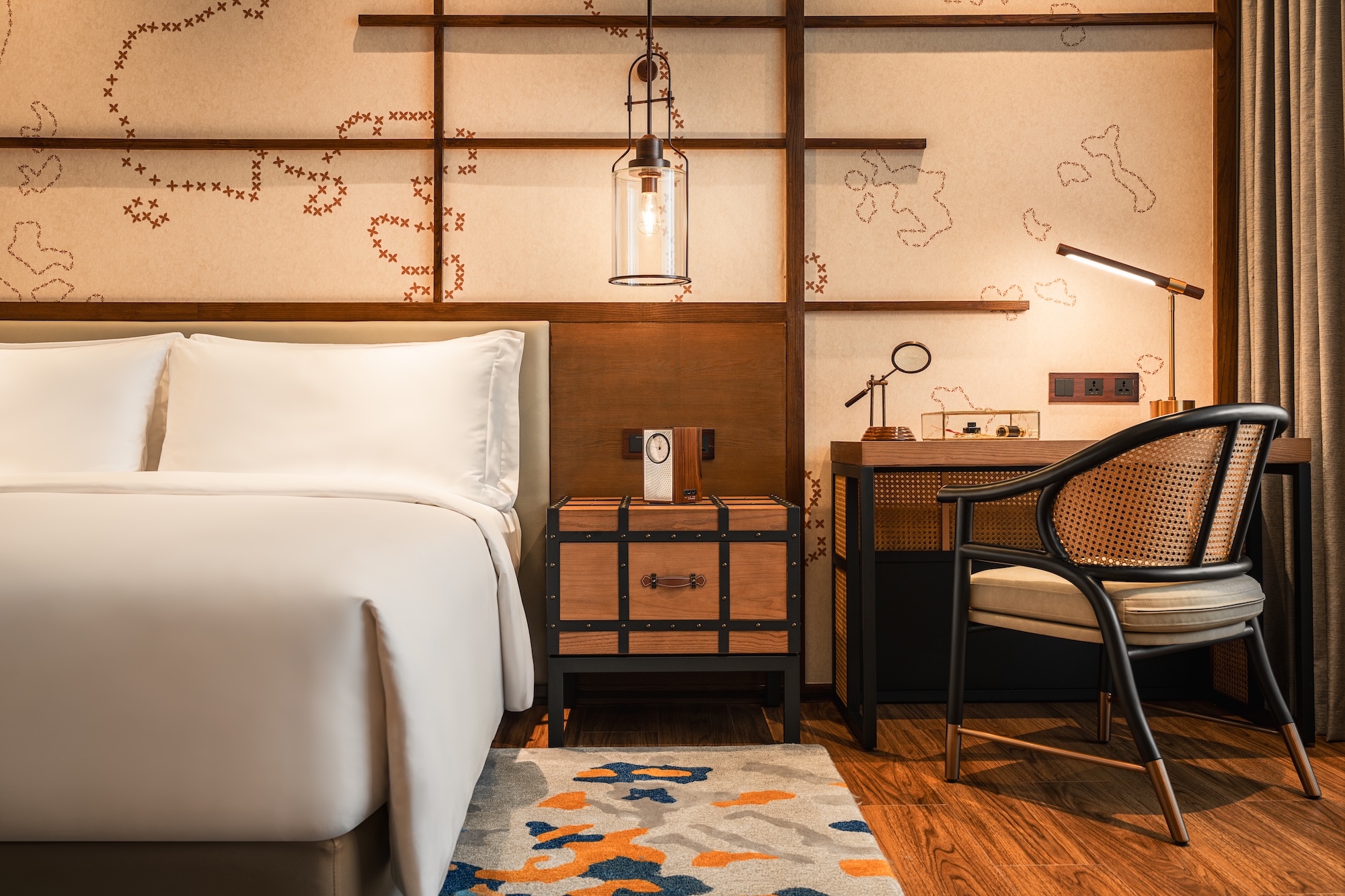Trains aren’t always easy to love. Ask someone on a packed MRT carriage what word first springs to mind when you say “railway” and chances are it’ll be anything except “adventure.” But the crowds that turned out to lament the loss of the KTM line earlier this year proved that, deep down, most of us know there’s something rather special about railways; something about their gloriously straight lines and the private path they carve, something that captures the imagination like no other form of transportation can.
Even if the old line is now gone from Singapore, Asia offers some of the world’s most exciting train journeys; whether it’s taking a Shinkansen through the heart of Japan, or peering out from a pressurized cabin as you’re whisked up to Lhasa. Here, though, are three rather more unusual railway adventures, by turns romantic, remote and mysterious. All of them offer a perspective on the destination that you simply won’t find by any other means.
The Eastern & Oriental Express from Singapore to Bangkok
While it’s true that the romance has gone out of the start of this legendary journey (taking a bus up to Woodlands just can’t compete with boarding at the majestic art deco Tanjong Pagar station), one glimpse of the teakwood-panelled, open-air observation car at the back of the train and you’ll realize there’s still nothing quite like it. Actually though, it’s not the luxury that impresses (though it certainly helps) or the cozy twin bed cabin (we barely spent any time there), so much as just how darn fun the whole thing is.
Like food? Like making new friends? Then you’re in luck. You don’t have to interact with anyone other than your travelling partner, but if you’ve any sense you’ll welcome the opportunity to dine with different people at every meal. And boy, are there a lot of meals—rich, three or four course fine dining affairs that fill half the day (and that’s not counting breakfast in bed). The rest of the time is best spent in the observation car, drinking gin and channelling your best Somerset Maugham. At Butterworth, and again at the River Kwai, you disembark for a short tour of the sights, but frankly you’re all too conscious that this is time you’re not spending in the piano lounge, glass in hand. And the scenery? That’s pretty good, too, especially once you cross the Thai border; if you’re lucky, the train slows down for a better view of sunset. As you’d imagine, it’s mostly couples on board, and the average age hovers around 50, but younger folk and even solo travellers won’t find themselves short of conversation (or food)—we certainly didn’t. It’s not cheap, but if money’s no issue (or you’re looking to break the bank for a once-in-a-lifetime trip), it’s unforgettable for all the right reasons.
Essentials: Singapore-Bangkok on the Eastern & Oriental Express is a three-day/two-night trip. Prices start at $3,500 per person (based on sharing a cabin) and include all meals and tours. Doing the journey in reverse takes four days/three nights. Log on to their website for scheduling info and more.
The 10.10 from Pyongyang to Beijing
Boarding the train in Pyongyang is a rather special moment. For the first time since entering North Korea several days earlier, you’re separated from your escort and reunited with your mobile phone. You can also look forward to the best part of a day taking in the countryside all the way north to the border, with a quick stop at a railway station microbrewery (yes, seriously) along the way. The train rattles through largely undeveloped countryside, criss-crossed by footpaths and ordinary people doing ordinary things in this extraordinary country. All in, it’s by far the most satisfying part of the trip, since you’re free to just watch the world go by, freed from the tour bus commentary and the need to pre-approve every photo you take.
It’s pretty comfortable on board, too (though if you come to North Korea expecting fine Egyptian cottons and ensuite showers, you’re either deluded or else good friends with the regime). If you’ve ever travelled hard sleeper in China you’ll know what to expect: Narrow, but comfy bunks and a lively dining car (a good chance to share the dubious grain alcohol you bought on a whim in Pyongyang; the one with a snake carcass coiled at the bottom of the bottle).
It’ll be getting dark by the time you reach the border, and you have the option of getting off and spending a night or two discovering the charms of Dandong, on the Chinese side of the Yalu river. Think Kim Jong-il memorabilia, a Museum to Commemorate Aiding Korea against US Aggression, and a Canadian-run cafe serving “The Best Coffee This Side of the Border.” Or else you can sleep through the night and wake up the following morning in Beijing. By comparison with where you’ve just come from, it’ll seem like the most liberal city on Earth.
Essentials: Koryo Tours can solve all your North Korean needs (there’s no such thing as independent travel there). Their last tour of 2011 runs from Nov 19-23/24 and costs €990 ($1665)—it’s the cheapest one of the year—including the train journey. Stop-overs in Dandong cost extra. Singapore Airlines fly direct to Beijing from around $660 return (including taxes). From Nov 24, you’ll also be able to get there with Jetstar, with return flights starting at around $350 (including taxes).
The Only* Railway in Laos
The train that’s left is a rusting wreck, but the 7km of abandoned track that runs across the tranquil islets of Don Det and Don Khon in southern Laos’ 4,000 Islands archipelago (yes, it’s just as amazing as it sounds), is still quite an adventure, even if you’re no rail buff. Built by the French in the late nineteenth century and abandoned around the time of WWII, it stands testament to their attempts to transform the Mekong into a navigable waterway. They were ultimately defeated by the nearby Khone Pha Pheng waterfall (Asia’s largest), a still awe-inspiring sight, all the better appreciated if your plans for imperial expansion don’t hang on it.
Nowadays the erstwhile rail line is a pleasantly sedate place to stroll or cycle (no rails remain) amid rice fields and jungle, with the chance to peer across to Cambodia at the southern end, and the arched viaduct connecting the two islands making for a popular photo spot. “Popular” is a relative term though; this southern section of Laos sees far fewer visitors than Luang Prabang and the like; even if the three-way draw of the railway, the falls and the (unlikely) prospect of catching sight of an Irrawaddy dolphin guarantees a good number of Thai day-trippers mingling with the backpackers.
Essentials: It’s not easy to get to the 4000 Islands from Singapore. Currently, the least painful option is to fly to Pakse with Malaysia Airlines (stopping in KL and Ho Chi Minh; watch the timing, it varies vary between seven and 20 hours for a single leg) for around $1400 return, including taxes. Or you can head up to Bangkok [from $260 return with Jetstar] then use Lao Airlines (although we had more luck calling than booking through the site) to get you to and from Pakse for $700 (including taxes). From Nov 24, Lao Airlines will be flying direct from Singapore to Vientiane, from where you can take a short connecting flight to Pakse. From Pakse it’s a 2.5-3hr bus ride ($10) to Ban Nakasang, which is a quick boat ride from Don Det.
Singaporeans do not need a visa for Laos and visa on arrival is available for most other nationalities, though check with the Lao consulate (#13-04/05, Goldhill Plaza, 51 Newton Rd., 6250-6044) before you set off.
Once you’re finally there, stay at the Sala Don Khone, a restored French dispensary building a short walk from the viaduct, offering suites, converted outhouses and even floating bungalows, from US$35 (S$30)/night. It sure beats slumming it in a fanless, one-room hut like the gap year kids.
* Technically this is no longer true. Since 2009, there’s been a short section of track from the Thai border toward Vientiane. But there’s not a whiff of romance to it; and it’s over before you’ve even begun. So we’re ignoring it. Fun fact: The only other Asian country without a railway is Bhutan.





